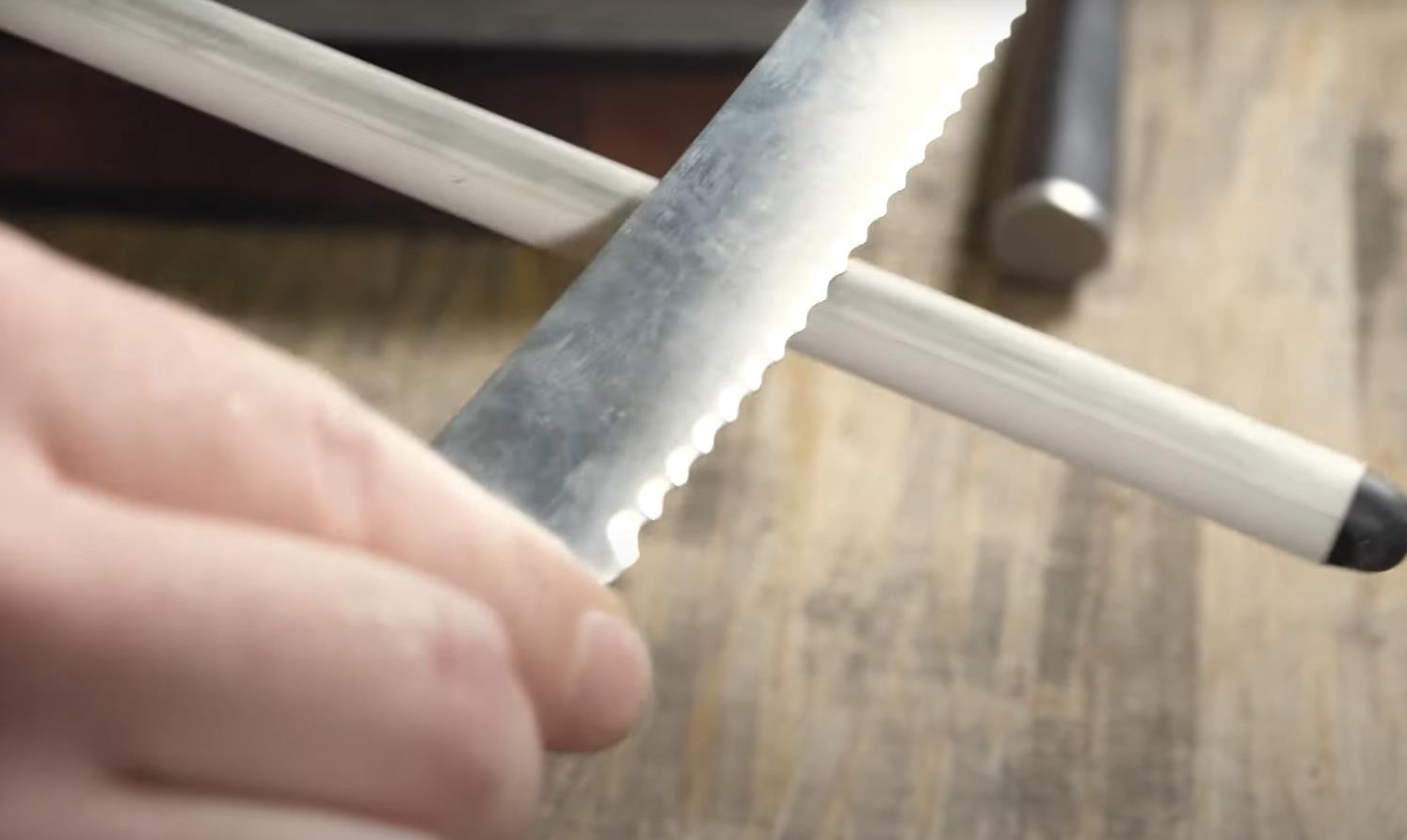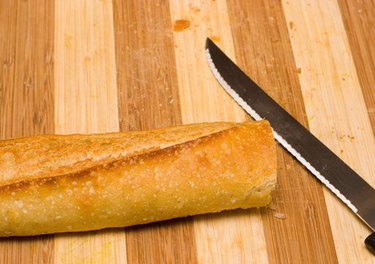Let’s tackle a common kitchen myth: the belief that serrated knives, with their saw-like teeth, never need sharpening. This seemingly convenient notion is often perpetuated, leading many cooks to neglect an essential part of knife maintenance. But the truth, as we’ll explore, is far more nuanced.
Understanding Serrated Knife Blades
Serrated knives, those with zig-zagged edges, excel at slicing through tough materials like bread crusts, tomatoes, and even meats with delicate skins. Their design cleverly utilizes a sawing action, minimizing the amount of force needed to cut through dense items. Each tooth acts like a miniature cutting blade, creating a series of small cuts that combine to create a clean slice. This is vastly different from the smooth, continuous cut produced by a straight blade.
The Myth Debunked: Serrated Knives *Do* Need Sharpening

While it’s true that serrated knives maintain their cutting ability for longer than their straight-bladed counterparts, the misconception that they never need sharpening is simply incorrect. Over time, even the most durable serrated knife will become dull. This dulling occurs not as a uniform blunting, but rather as a gradual degradation of each individual tooth. The teeth can become rounded, chipped, or even bent, all of which impact their ability to efficiently saw through materials.
Why Does Dullness Matter?

A dull serrated knife will require more force to cut, leading to uneven slices, potential damage to your food (squished tomatoes, torn bread), and increased risk of injury. When you have to push harder, the chances of the knife slipping are higher, potentially resulting in cuts or other kitchen mishaps. Moreover, a dull knife isn’t just inefficient; it’s also frustrating to work with.
Signs Your Serrated Knife Needs Sharpening
Several telltale signs indicate it’s time to sharpen your serrated knife:
- Difficult cutting: You have to exert significant pressure to cut through items that it previously sliced effortlessly.
- Uneven cuts: Your slices are jagged or messy instead of clean and consistent.
- Food sticking to the blade: This is a clear indication that the teeth aren’t cutting effectively.
- Rounded or chipped teeth: A close inspection of the blade will reveal obvious damage to the serrations.
How to Sharpen a Serrated Knife

Sharpening a serrated knife is different from sharpening a straight blade. You won’t use a honing steel or a standard sharpening steel; these are likely to damage the serrations. Instead, several methods are effective:
- Sharpening Steel (Specific for Serrated Knives): Some specialty sharpening steels are designed with a groove to accommodate serrated blades. These guides the blade as you gently move it back and forth, realigning the teeth.
- Serrated Knife Sharpening File or Rod: These tools are specifically designed to reach into the serrations and restore their sharpness. They generally feature a narrow, angled shape to match the tooth profile.
- Electric Sharpeners (Careful Selection): Some electric sharpeners include settings for serrated knives, but proceed with caution, checking reviews and selecting a reputable model. Misuse can damage the serrations beyond repair.
- Professional Sharpening: A professional knife sharpener has the expertise and tools to safely and effectively sharpen your serrated knives.
Maintenance and Prevention

Just like any tool, regular maintenance will extend the life of your serrated knife and reduce the frequency of sharpening. Here’s how:
- Hand Wash: Avoid dishwashers, as the harsh detergents and high temperatures can damage the blade over time.
- Proper Storage: Store your serrated knife in a protective sheath or block to prevent chipping and damage.
- Avoid Hard Surfaces: Don’t use your serrated knife on hard surfaces like glass or stone, as this can dull the teeth quickly.
The myth that serrated knives don’t require sharpening is simply false. While their design offers advantages, these knives do eventually lose their sharpness and require maintenance. By understanding the signs of dullness and employing the correct sharpening methods, you can keep your serrated knives performing at their best, ensuring years of efficient and safe use. Remember, a sharp knife is a safe knife, and regular maintenance is key to preventing accidents in the kitchen. Taking proactive steps now will preserve your investment and ultimately enhance your culinary experience.